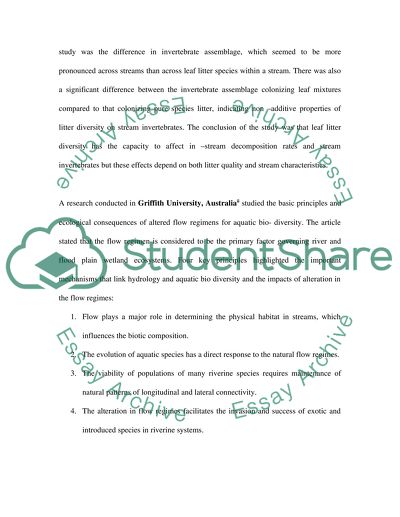Cite this document
(“Influence of habitat diversity and substratum on the composition of Essay”, n.d.)
Influence of habitat diversity and substratum on the composition of Essay. Retrieved from https://studentshare.org/miscellaneous/1507151-influence-of-habitat-diversity-and-substratum-on-the-composition-of-macroinvertebrate-communities-from-riverine-systems
Influence of habitat diversity and substratum on the composition of Essay. Retrieved from https://studentshare.org/miscellaneous/1507151-influence-of-habitat-diversity-and-substratum-on-the-composition-of-macroinvertebrate-communities-from-riverine-systems
(Influence of Habitat Diversity and Substratum on the Composition of Essay)
Influence of Habitat Diversity and Substratum on the Composition of Essay. https://studentshare.org/miscellaneous/1507151-influence-of-habitat-diversity-and-substratum-on-the-composition-of-macroinvertebrate-communities-from-riverine-systems.
Influence of Habitat Diversity and Substratum on the Composition of Essay. https://studentshare.org/miscellaneous/1507151-influence-of-habitat-diversity-and-substratum-on-the-composition-of-macroinvertebrate-communities-from-riverine-systems.
“Influence of Habitat Diversity and Substratum on the Composition of Essay”, n.d. https://studentshare.org/miscellaneous/1507151-influence-of-habitat-diversity-and-substratum-on-the-composition-of-macroinvertebrate-communities-from-riverine-systems.


